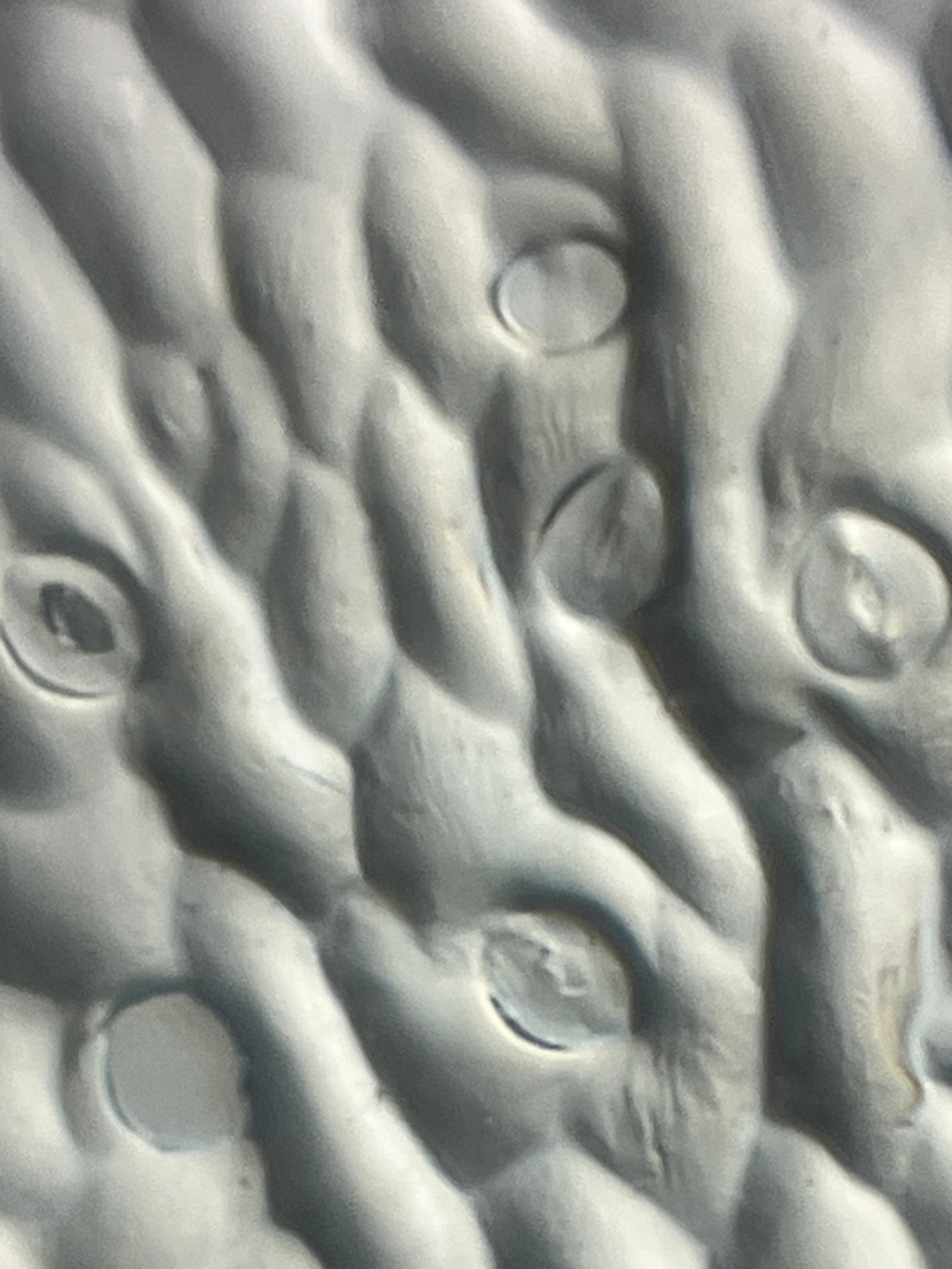
The largest animal on the planet, the blue whale, thrives by eating one of the smallest, krill, a tiny, shrimp-like creature. They are just one species of aquatic invertebrates found in fresh and salt water around the world.
Definition
“Aquatic” obviously refers to water. “Invertebrate” means lacking a spine. There is an incredible variety of aquatic invertebrate life on earth. They range from large crustaceans like crab, shrimp, and lobster, to tiny, multicellular and single-celled organisms.
Other examples include mollusks, like oysters and clams, sponges, worms, and insects. Some insect species are only “aquatic” in their earliest stages of development, as eggs or larvae, and they grow to become flying insects. Some types of flying insects can survive both in an out of the water.
Where Do Aquatic Invertebrates Live?
Anywhere there is water, whether it is freshwater, saltwater, or brackish water somewhere in between, you will find aquatic invertebrates. They are a vital part of ecosystems globally and are a food source not only for the giant blue whale, but for small fish, birds, and mammals. Preserving aquatic environments is essential to maintaining healthy ecosystems.
Aquatic invertebrates may be found swimming around in the water, clinging to rocks, or burrowing in the mud and sand in riverbeds, lake bottoms, or the sea floor. Some like rotting vegetation, while others dwell near submerged tree roots.
How To Observe Aquatic Invertebrates
Samples of invertebrate life can be collected from rivers, lakes, and ocean waters. Sometimes, the tiniest examples of life, like single-celled organisms, can provide the greatest understanding of how these creatures live, including how they absorb food, reproduce, and “breathe,” to obtain oxygen.
Many aquatic invertebrates can only be observed through a microscope. Observing prepared specimens of organisms known to be harmless, and recording those observations, is one of the first ways school children are introduced to the scientific method. Science educators can use student microscope kits to help kids understand how microscopes work, how to examine specimens, and how to conduct experiments to learn how organisms react to changes in their environment.
Why Study Aquatic Invertebrates?
Aquatic invertebrates serve as an early warning system for detecting environmental damage. Coral death, changes in the prevalence of one species over another in rivers and streams, and how invertebrates tolerate (or can’t abide) pollution give important clues about the viability of ecosystems. Knowing what aquatic invertebrates are and where they’re found aids scientific pursuits that help us understand the natural world.
Begin a scientific journey with portable, foldable paper microscopes from Foldscope. We’re working to make science education affordable and accessible!



